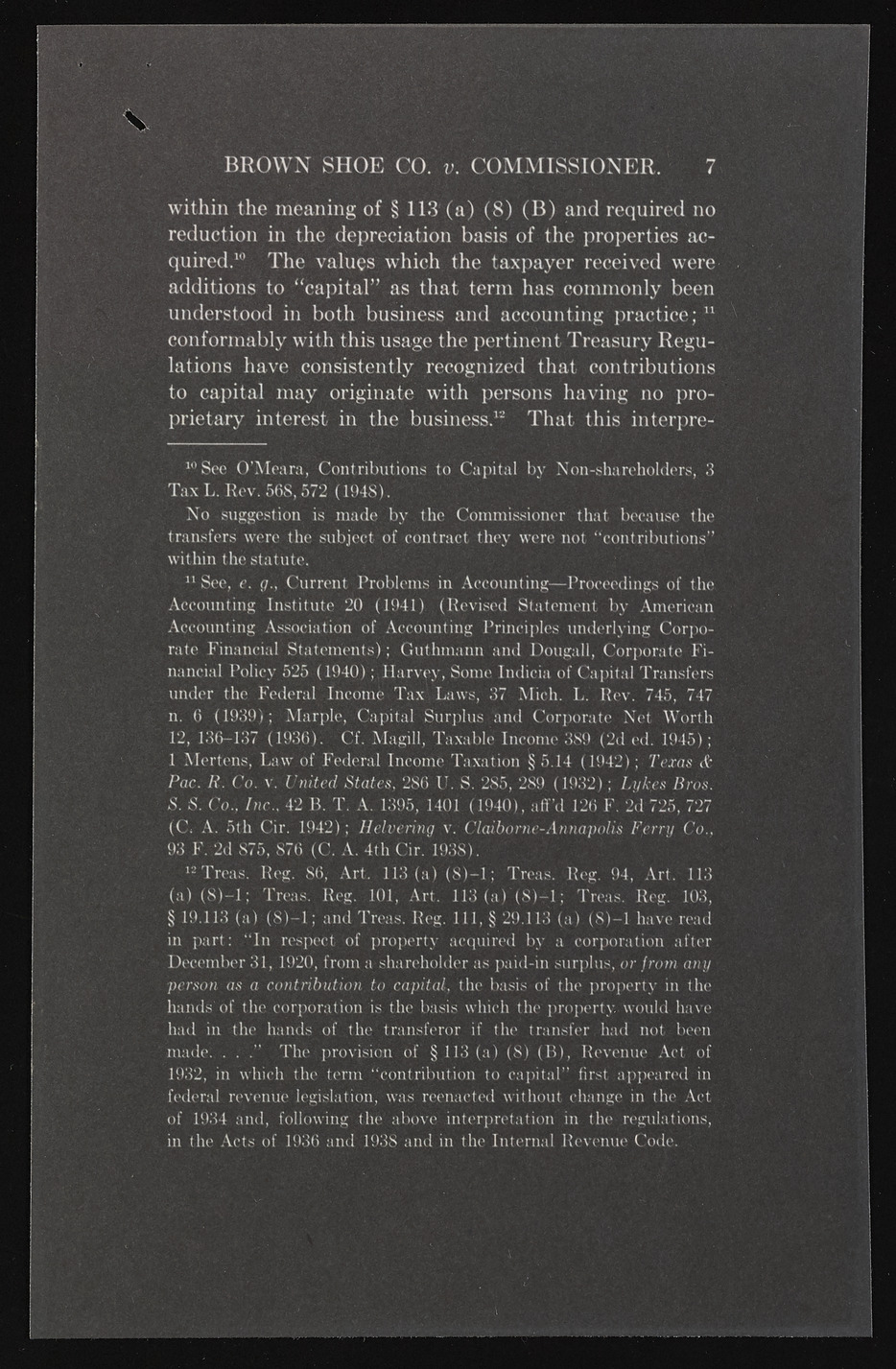Copyright & Fair-use Agreement
UNLV Special Collections provides copies of materials to facilitate private study, scholarship, or research. Material not in the public domain may be used according to fair use of copyrighted materials as defined by copyright law. Please cite us.
Please note that UNLV may not own the copyright to these materials and cannot provide permission to publish or distribute materials when UNLV is not the copyright holder. The user is solely responsible for determining the copyright status of materials and obtaining permission to use material from the copyright holder and for determining whether any permissions relating to any other rights are necessary for the intended use, and for obtaining all required permissions beyond that allowed by fair use.
Read more about our reproduction and use policy.
I agree.Information
Digital ID
Permalink
Details
More Info
Rights
Digital Provenance
Publisher
Transcription
within the meaning of § 113 (a) (8) (B) and required no reduction in the depreciation basis of the properties acquired. 10 The values which the taxpayer received were additions to “capital” as that term has commonly been understood in both business and accounting practice;11 conformably with this usage the pertinent Treasury Regulations have consistently recognized that contributions to capital may originate with persons having no proprietary interest in the business.12 That this interpre- BROWN SHOE CO. v. COMMISSIONER. 7 10 Sec O'Meara, Contributions to Capital by Non-Tax L. Rev. 568, 572 (1948). shareholders, 3 No suggestion is made by the Commissioner that because the wtiratnhsifne rtsh ew setraet utteh.e subject of contract they were not “contributions” 11 See, e. g., Current Problems in Accounting— Proceedings of the AAccccoouunnttiinngg AIsnssotcitiuattei on2 0o f( 1A9c4c1o)u nt(iRnegvi sPeridn cSitpaletse muenndte rblyyi nAgm eCroircpaonnraatnec iaFli nPaonlciicayl 5S2t5a t(e1m94e0n)t;s )I; laGruvteyh,m Saonmne aInndd icDioau goafl Cia,p iCtoarlp oTrraantsef eFrisunder the Federal Income Tax Laws, 37 Mich. L. Rev. 745, 747 n. (3 (1939); Marple, Capital Surplus and Corporate Net Worth 12, 136-137 (1936). Cf. Magill, Taxable Income 389 (2d ed. 1945); 1 Mertens, Law of Federal Income Taxation §5.14 (1942); T e x a s d* P a c . R . C o. v. U n ited S ta te s, 286 U. S. 285, 289 (1932); L y k e s B ro s. S(.C .S . AC. o5.,t hIn Cci..r .4 21 9B4.2 )T;. A. 1395, 1401 (1940), aff’d 126 F. 2d 725, 727 H elv erin g v. C laib o rn e-A n n ap o lis F e r r y C o., 93 F. 2d 875, 876 (C. A. 4th Cir. 1938). (a)1 2(T8r)e—as1.; RTerge.a s.8 6,R egAr.t .1 011,1 3A(rat), (181)3— 1(;a ) Tr(eSa)s-.l ; ReTgr.e as9.4 , RAergt.. 110133, i§n 19p.a1r1t3: (a“)I n( Sr)e—s1p;e catn do fT rperaosp.e Rretgy. aIclqlu, i§r e2d9 .b11y3 a( a)c o(rSp)o-rla thiaovne arfetaedr December 31, 1920, from a shareholder as paid-in surplus, or fro m an y p erso n a s a co n trib u tio n to c a p ita l, the basis of the property in the hhaandd si no ft hteh e hcaonrdpso raoft iotnh ei s ttrhaen sbfaesriosr wihf icthh et hter apnrsofpeerr tyh,a dw onuoltd hbaevene made. . . ." The provision of § 113 (a) (8) (B), Revenue Act of f1e9d3e2r,a li nr ewvheincuhe tlheegi stleatrimo n,“ cwoantsr irbeuetniaocnt etdo wciatphiotuatl ” chfiarnstg ea pipne athree dA citn of 1934 and, following the above interpretation in the regulations, in the Acts of 1936 and 1938 and in the Internal Revenue Code.

